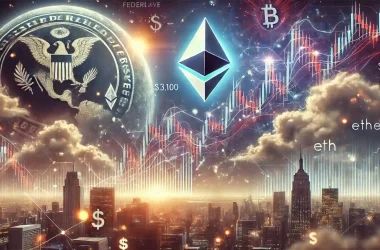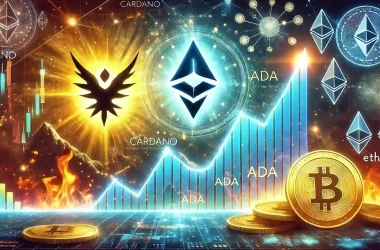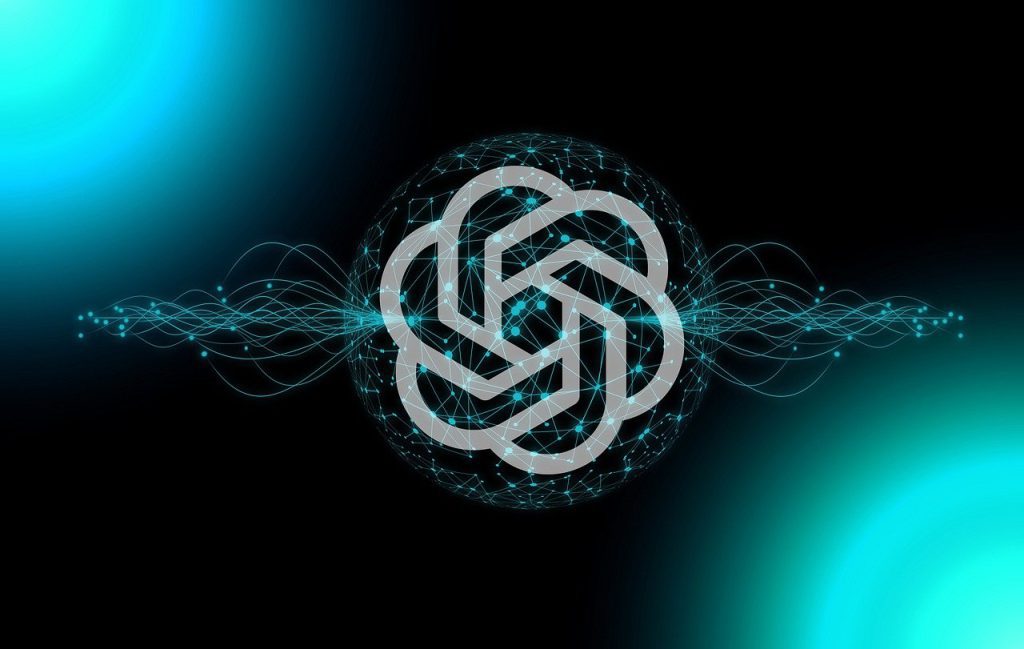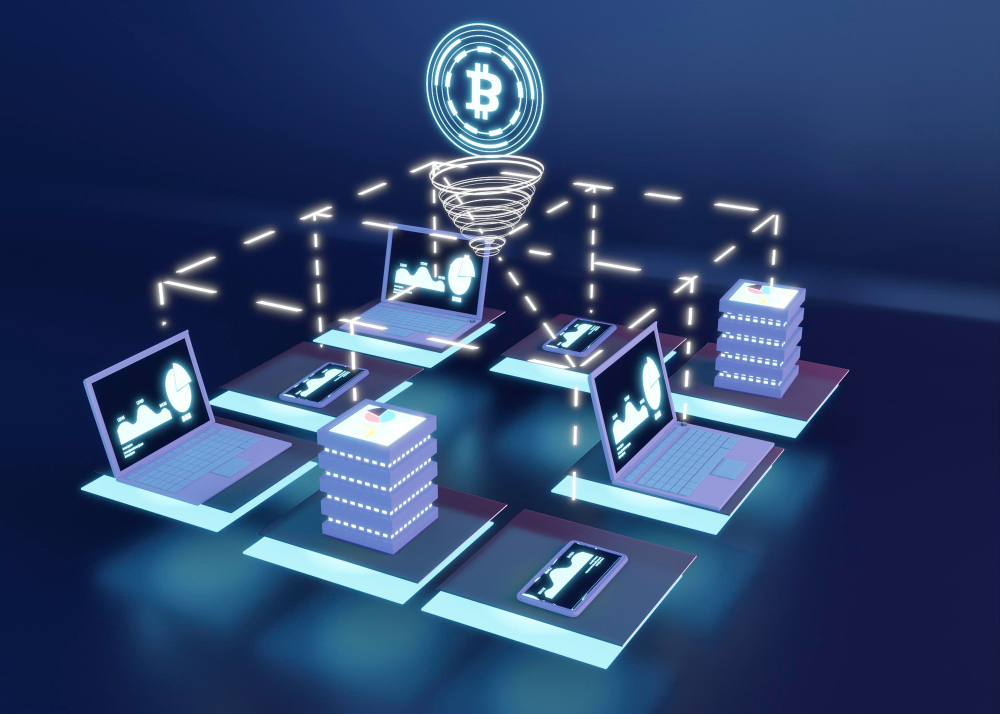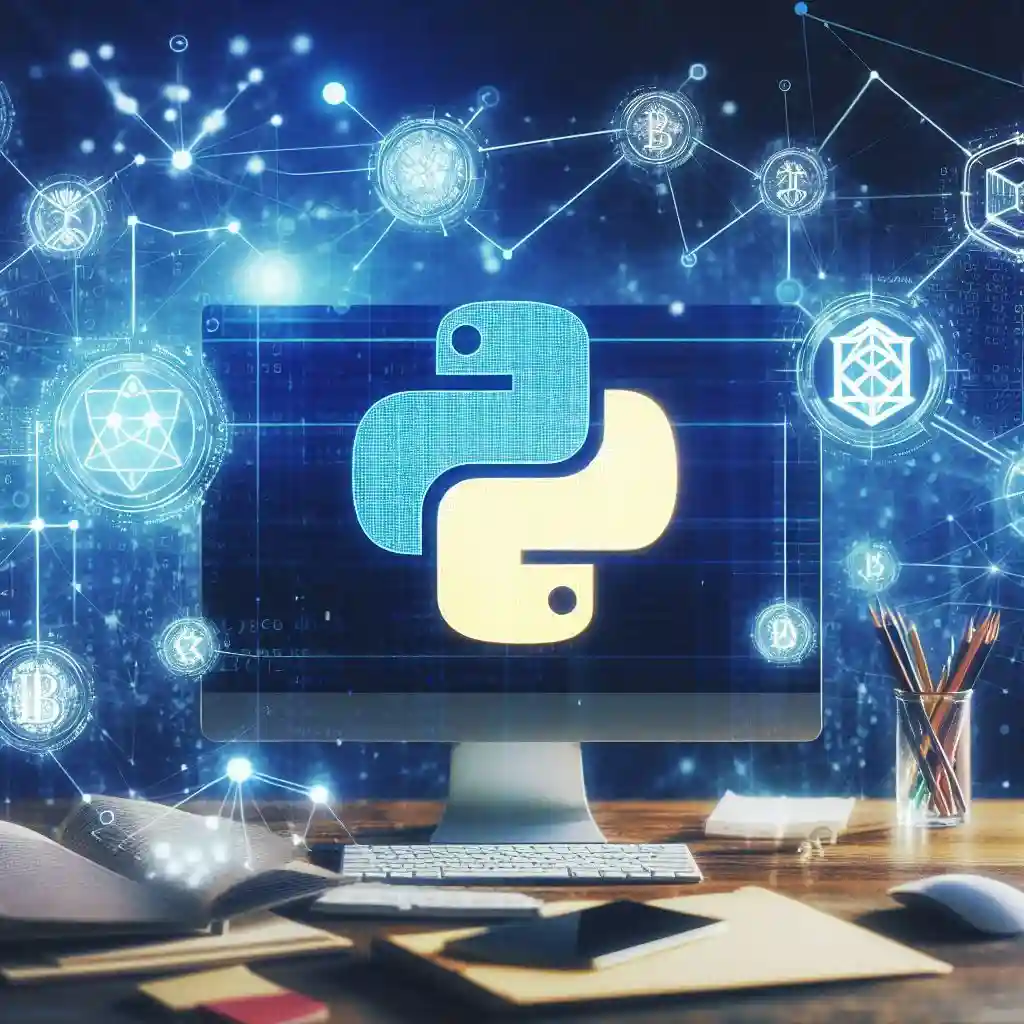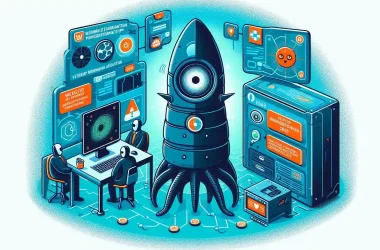From Coding Enthusiast to Blockchain Developer
Throughout my career, I have worn many hats, ranging from derivatives analyst to applied cryptographer. However, at heart, I am a software engineer with a deep passion for coding. Like many developers, I am proficient in various programming languages such as Java, Swift, C, and Rust. When my interest in decentralized computing, influenced by ideas like Bitcoin and Monaro, grew, I embraced the challenge of learning the new programming languages required for blockchain development. This experience quickly highlighted a significant obstacle: the necessity to learn entirely new programming languages. Even when these languages have similarities with existing ones (like Solidity’s resemblance to JavaScript), this requirement can restrict the number of people able to develop applications for decentralized systems.
The Evolution of Blockchain and Developer Accessibility
Today, the blockchain landscape has evolved significantly. Despite its progress, a major barrier remains: developer accessibility and user experience (UX). Without developers creating decentralized applications (dApps), widespread adoption of blockchain technology will not occur. This is where Python, one of the most popular and in-demand programming languages worldwide, plays a crucial role. Python integration in blockchain is transforming how developers approach this technology.
Python’s Dominance Across Industries
Python is renowned for being easy to learn and highly versatile. It powers numerous industries and much of the internet. For example, Instagram, which began as a simple photo-sharing app, now stands as one of the leading social media platforms, with its backend infrastructure powered by Python. Similarly, Spotify, the popular music streaming service with advanced algorithms, relies on Python. Moreover, many large language models, including ChatGPT, Meta’s Llama3, and Google Gemini, are developed using Python and PyTorch. The list of industry-defining Python-powered applications is extensive. Python’s familiarity fosters trust, precisely what blockchain needs to achieve widespread acceptance and approachability. The integration of Python in blockchain development makes this technology more accessible.
Integrating Python into Blockchain
While programming on blockchain using Python is feasible, it had not been fully realized until recently. We integrated Python as the native programming language on the Algorand blockchain, a substantial, multiyear effort that culminated in a seamless Python-native coding experience. This significant move underscores the importance of Python integration in blockchain.
Previously, like many other blockchain networks, we used a Python-similar language called PyTEAL. However, we recognized authentic Python as a primary entry point for enterprises into blockchain technology. This allows companies to leverage their existing Python development teams without needing to hire specialists fluent in niche languages. This accessibility and reduction in engineering costs are vital for blockchain’s mainstream adoption.
Beyond Cryptocurrency: Blockchain’s Potential
Blockchain technology is often synonymous with cryptocurrency, which indeed sparked the blockchain revolution by enabling secure, verifiable value transfers across borders without intermediaries. However, blockchain’s potential extends far beyond cryptocurrency. It offers solutions to issues faced by the traditional centralized web, such as secure, permanent record-keeping. Python integration in blockchain can unlock many of these new use cases.
Most companies today store data on centralized servers, leading to silos. Blockchain, however, provides verifiable, tamper-proof tracking and provenance, crucial for permanent public records, clinical research data, supply chain logs, and decentralized IDs. Many systems managing this data are already built in Python. Therefore, Python developers can now create more secure, auditable solutions on blockchain.
Smart Contracts: Automating Agreements
A notable feature of many blockchains is smart contracts. These programmable contracts automate agreements and transactions based on predetermined conditions, enabling new business models and transaction types. Smart contracts facilitate automatic payments and document workflows that execute precisely as programmed without failure or manipulation risks.
In my role at ConsenSys, I helped architect Covantis, a post-trade settlement system for major agriculture traders leveraging smart contracts to enhance operational efficiency. Beyond agriculture, industries such as insurance, real estate, and legal services can streamline complex processes using smart contracts. Atomic transfers further enhance efficiency by ensuring all agreed-upon actions occur together in one transaction, enabling trustless and guaranteed trades. This is another area where Python integration in blockchain proves beneficial.
Python’s Role in Web3 Adoption
The potential applications of blockchain are still in their early stages. However, it is exciting to consider how blockchains might reshape entire industries or global systems by realigning financial relationships, trust, and decision-making through peer-to-peer networks. Python integration in blockchain could be the key to unlocking these possibilities.
With approximately 10 million Python developers worldwide, they can become architects of the future, driving widespread blockchain adoption. For blockchain to achieve this, it must become easier for developers to build applications. Algor and, an enterprise-grade layer-1 blockchain, has taken the lead by providing native support for Python, making the development process more accessible and approachable. Unlike the early days of blockchain development, developers no longer need to learn niche languages or possess specialized cryptography skills; they simply need Python. This unparalleled accessibility is what will propel blockchain adoption forward. The present and future are built with Python!
Related Links
- Understanding Blockchain Technology
- Introduction to Python Programming
- The Role of Smart Contracts in Blockchain
- Algorand’s Blockchain Solutions
- How Decentralized Applications Work
- Benefits of Python in Web Development
- Exploring Web3 Technology
- Cryptocurrency and Blockchain
- Building Secure Applications with Python
- Future of Blockchain Technology


